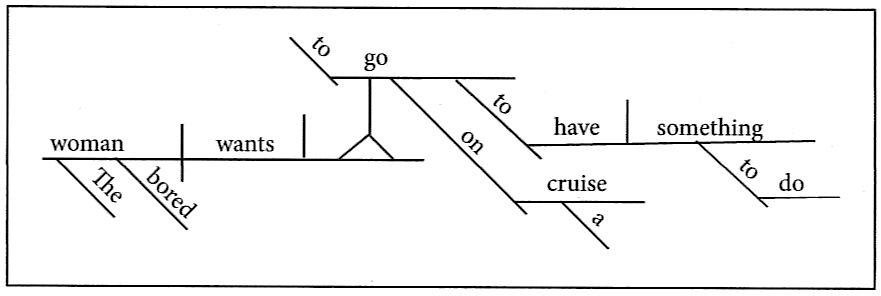The basic form of a verb--the single-word form that can be preceded by the particle to-- is called an infinitive. All infinitives have tense, and transitive infinitives have voice (present active, to find; present passive, to be found; present-perfect active, to have found; and present-perfect passive, to have been found). Most infinitives have progressivity as well (to be finding, to have been finding); however, infinitives do not have person and number. An infinitive with its modifiers and objects is called an infinitive phrase. Both simple infinitives and infinitive phrases can be used as adverbs ("We drove fifty miles to see the performance"), adjectives ("I am looking for something to read on vacation"), and nouns. When used as nouns, infinitives and infinitive phrases can be subjects, direct objects, predicate nominatives, appositives, objects of prepositions, and objective complements. Here are several sentences in which infinitives and infinitive phrases are used as nouns:
(subject) To drive a car properly requires practice.
(direct object) Do you want to rest?
(predicate nominative) Their goal will be to survive.
(appositive) It was not my idea to leave early.
(object of preposition) The waiter did everything but pay the bill.*
(objective complement) She made them stay after school.**
As you make your way through these flashcards, you may wish to refer to a section of my website that deals with terminology, www.german-latin-english.com/diagrammingterms.htm.

* But, usually a conjunction, is a preposition here. Pay is a "to-less" infinitive. In a diagram, use an x to represent the missing to.
** Stay is a "to-less" infinitive.
*** Strictly speaking, the phrase introduced by the infinitive to go extends to the end of the sentence.
ERM